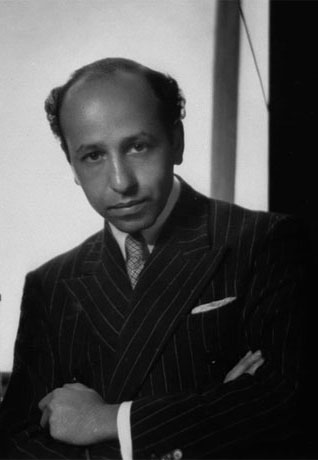
Yousuf Karsh, portrait photographer
Yousuf Karsh (1908 – 2002) is known as the greatest portrait photographer of the 20th century; he built for himself a global reputation by taking photographs of famous personalities.
Throughout his career, Karsh has done more than 15,312 photo sessions, he produced more than 150,000 negatives and left an undeniable artistic influence. He documented a great number of personalities who marked the twentieth century, often offering us a definitive image illustrating each person’s personality.
.
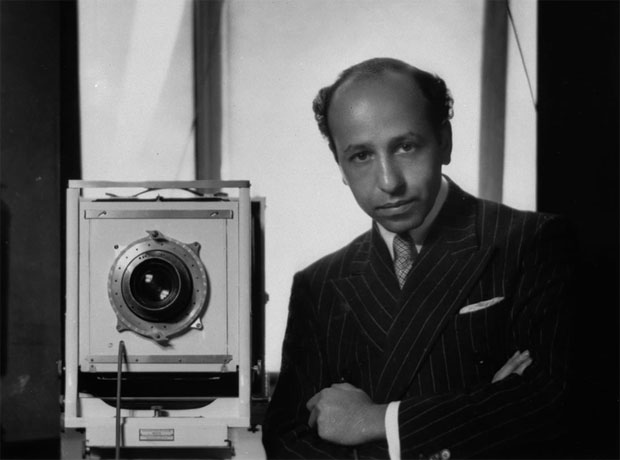
Autoportrait, Yousuf Karsh in his studio at Hotel Laurier in Ottawa
Karsh was born in Turkey, issued from a Christian Armenian community. His family left the country in order to escape the Armenian genocide. Young Karsh immigrated to Canada alone in 1924 to join his uncle Georges Nakash, renowned portrait photographer who lived in Sherbrooke.
It was there that he first developed his interest in photography. Subsequently, he moved to Boston to work as an apprentice with John Garo (1875 – 1939), known photographer and well recognized in the American bourgeois society. His apprenticeship was done according to the photographic practices of the nineteenth century, offering an idealized romantic vision, soft focus, a “cloudy” styled environment. The studio was not affected by the influence of modernist movements like the styles of Steichen, Stieglitz, Sander and others.
Since 1919, Garo was known as an artist who was able to highlight the personality of the model, through the subtlety and the effectiveness of his photographic creations. Garo taught Karsh how to observe the model according to the light, the shadows, the forms. According to Garo, the light is the main component of the creation of a portrait.
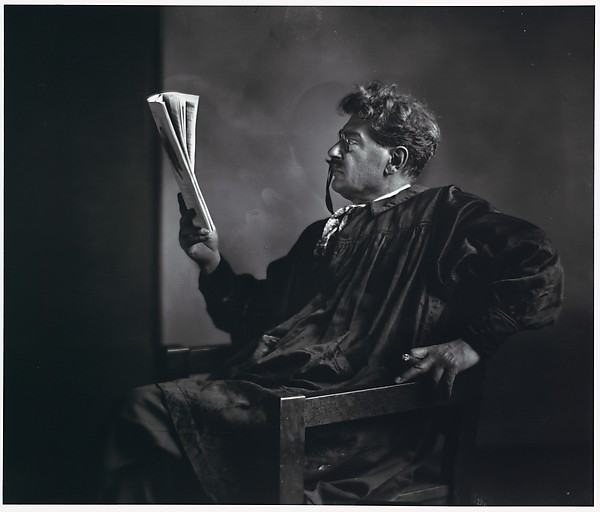
This photo of Garo by Karsh before his departure from Boston in 1931 demonstrates the influence of his master on his own vision of photographic creation.
He returned to Canada in 1932, moved to Ottawa and worked at John Powis’ studio, on Spark Street. During the ‘Imperial Economic Conference’ in Ottawa, Karsh convinced his employer to stay put and to take advantage of the opportunity to photograph the important people that was present there. With Powis’ limited means, the resulting images were of without interest.
Karsh quickly decided to open his own studio in Ottawa. There he made his debut as a scene photographer and quickly became a photographer of high society whose fame would extend far beyond the limits of the Canadian capital.
He began to experiment with artificial light, worked with the lighting in the theater and was impressed by the creativity of the stage directors. From 1935, Karsh demonstrated more and more solid skills in mastering the lighting. The light became the inspiration of his creativity in photography.
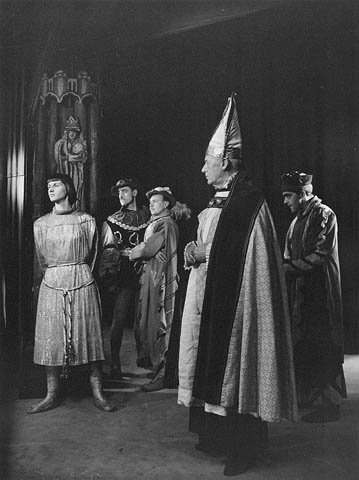
Ottawa Little Theatre, 1936 Saint-Joan
When the war broke out in 1939, Ottawa became a center for the activities of the allied coalition and “Karsh of Ottawa” became the photographer of the most important allies’ leaders who visited Ottawa. He was therefore naturally chosen to do the portrait of Winston Churchill when the latter visited Canada in 1941, in the context of Canada’s war effort.
During the majority of his career as a photographer, used a Calumet camera, with an 8 by 10 emulsion plate
Photo of Winston Churchill by Yousuf Karsh, 1941
A turning point in his career, in 1941: his most famous photograph. Since his years as an apprentice with Garo, he was in contact with a constant stream of celebrities and creators, and he loved this atmosphere. Very early, he set himself a goal to evolve in this context.
His photo of Churchill was his greatest success, due to:
- its technical competence,
- the opportunity to have already worked with major personalities and
a clear vision of his objectives. - Churchill was invited to address the European Parliament in the framework of the Canadian war effort: electrifying speech in the evening.
Karsh took out his equipment to photograph Churchill. He was looking to capture an image of intellectual force, a heroic force and the vision of Leader. Used light on the rear plan to strengthen the symbol of power.
At the Parliament’s exit, Karsh invited him to take a photo. Despite the resistance of his entourage, Churchill’s sense of humor came through.
Churchill accepted the invite for a photo: Karsh snatched his cigar and captured this unique expression in a flash.
The portrait was published in many newspapers and magazines, including on the cover of Life.
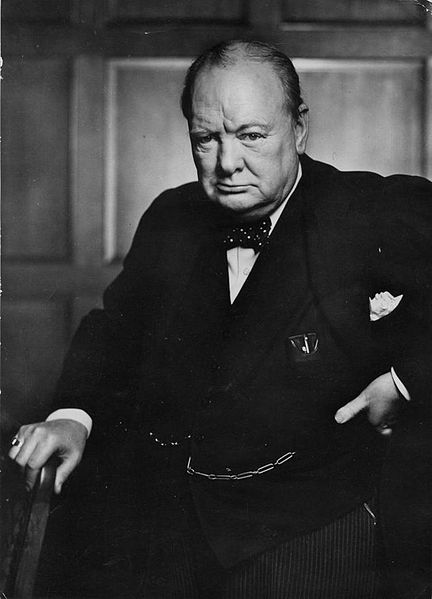
Commenting on Karsh and his photo, Churchill said: “You can even make a roaring lion stand still to be photographed.“
This photo became a global impact. It was even used as a propaganda image against the Germans: they dumped tens of thousands on German cities to frighten the population by demonstrating Churchill’s determination to win the war.
Taken on the spot, Karsh’s photo immortalized a voluntary and determined Winston Churchill ready to face the challenges of the war. The photo would make its author famous all over the world.
The reserved look that Churchill has on this portrait showed the fact that the latter never separated from his cigar and intended to keep it with him during the duration of the meeting, and this is in spite of the repeated requests by the photographer to put it away for the duration of the photo. After making sure that everything was ready, Yousuf Karsh nimbly withdrew the cigar from Churchill’s mouth and proceeded to take a photo of him… outraged and he only accepted this one shot. This unique photo taken on the spot would become famous around the world and would be one of the most reproduced photos in the history of photography
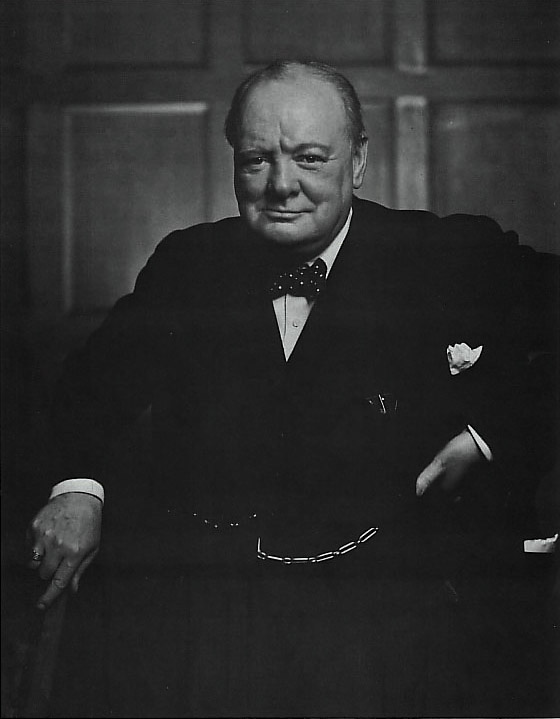
Second photo, after the effect of surprise wore off
Comparison with the photo of Edward Steichen (1879 – 1973) taken in 1932, in a similar pose. Karsh’s photo offers direct and intense eye contact and the play of shadows on the face, cutting of the background.
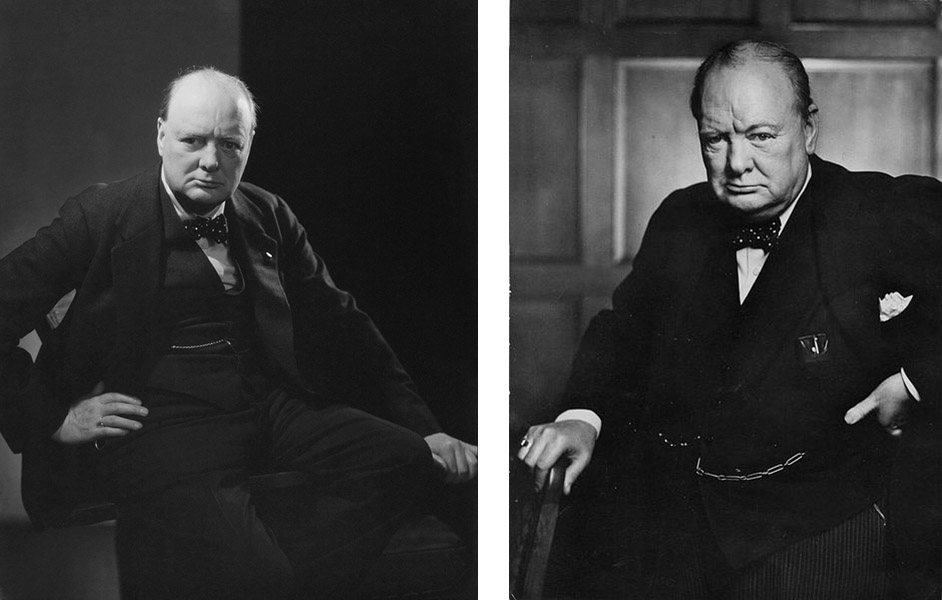
Photo taken by Edward Steichen for Vanity Fair 1932, in comparison with that of Yousuf Karsh
Face of destiny, 1946
In 1943, Karsh went to London with a letter of reference from his friend MacKenzie King, Prime Minister and an advance of ‘Saturday Night’. All political personalities and scientists have left Europe to seek refuge in London, under the protection of England. Between September and November, he photographed 42 celebrities, including King George VI.
In 1946, publication of ‘Face of Destiny’, the book which immortalized his career.
References de Yousef Karsh
Yousef Karsh Official Web Site
The greatest portraits ever taken by Yousuf Karsh
7 Things Yousuf Karsh Can Teach You About Photography, Stephanie Simpson





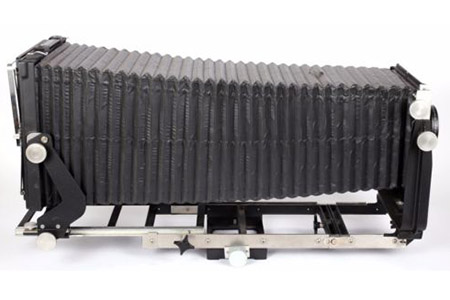
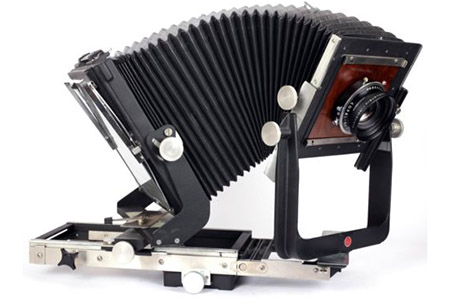
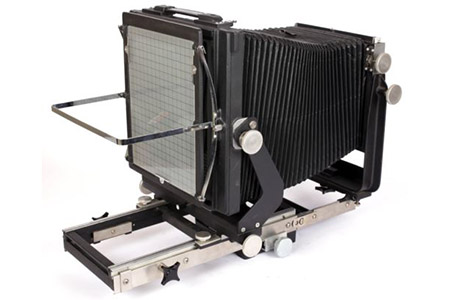

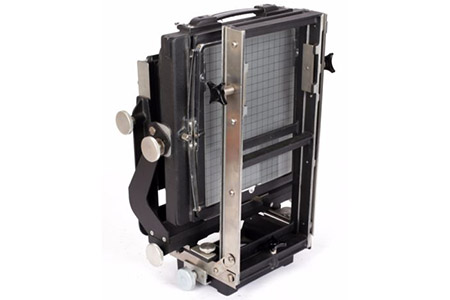

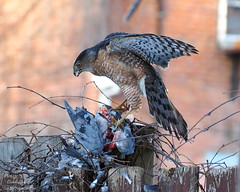
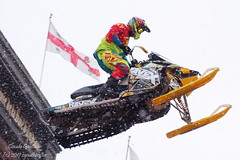

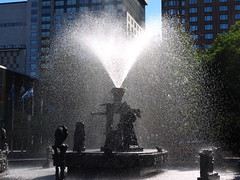
No Comments